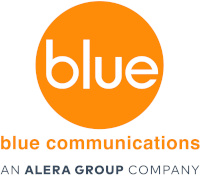Blue has been hired by many of the largest, most recognized employers in the world. We forge lasting, mutually beneficial and trusting relationships with our clients to help them achieve their goals.
Our Agency
Founded in 1998 as a highly creative and effective resource for internal communications, we’ve since expanded into many other Human Resources lines of business.
Our Approach
We are creative, enthusiastic problem solvers who seek to achieve excellence in all we do. We listen to our clients’ specific needs to solve their toughest challenges.
Our Logo
While our company is Blue, our logo is orange. In feng shui, orange is a yang energy that sparks conversation, while blue is the yin that makes people better able to listen.

